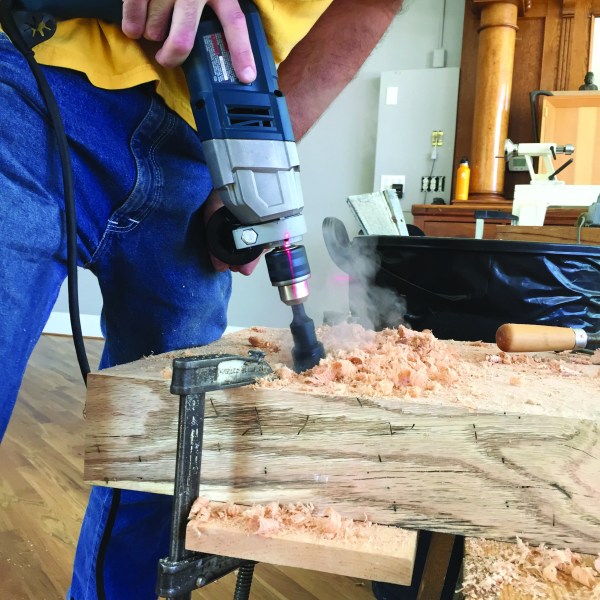
The following is excerpted from “Ingenious Mechanicks: Early Workbenches & Workholding,” by Christopher Schwarz.
“Ingenious Mechanicks” is my least successful book – commercially – but it probably the one I’m most proud of. The research the Suzanne Ellison and I performed for the book involved sorting through thousands of fine art paintings. I had to travel to Germany and Italy to see examples of low workbenches first-hand. And the reconstructive archaeology was challenging. Writing the book forced me to appreciate what can be done with few tools and no vises – just stops, gravity and wedges. This approach infiltrated my everyday work at the bench, and I am faster and better for it.
— Christopher Schwarz
It’s not fair to our early ancestors to put words in their mouths. We don’t know how dry their wood was when they started to build their workbenches. Was it fresh from the tree? Dried for 20 years? Something in between?
We can guess, which is what most people do. Or we can build a bunch of workbenches from woods in varying degrees of wetness and observe the results through several years. This second path is much more difficult than sitting naked in the dark at your computer keyboard – fingers covered in the dust of Cheetos – and pontificating online. But it’s the path I took.
Here’s what I’ve found: Dry wood is the best. But because you are unlikely to find big slabs of wood that are totally dry, then dry-ish wood is great, too. What I mean by dry-ish is somewhere about 20 percent moisture content (MC) or less. When you use dry-ish wood there are rarely any unhappy endings that involve splitting or warping. The wood will settle down quickly – within a year or so – and the benchtop won’t require more than a couple flattenings.
My next choice is wood that I call “moist.” This is stock that is somewhere between 20 percent and 50 percent MC. This sort of stock is what I usually look for when building massive oak workbenches for customers. It’s stuff that is about 6″ thick and has been drying for a decade.
This wood has some drying to do after you turn it into a workbench. Expect some shrinkage and checking on the end grain. It will calm down after a few years and four or five flattenings of the benchtop. My only other caution with moist stock is to not rely on glue for the joinery. Because of the wetness of the wood, water-based glues (yellow, white and hide) won’t be effective. I recommend you rely on drawboring and wedging.
Finally, there is fresh wood, stuff that was a living tree less than a year prior. This stock is fairly easy to find and fairly cheap, but it can be tricky. Water-based glues aren’t a good idea. And you can experience significant warping and checking as the wood dries. My first precaution is to use a species that is easy to dry, such as red oak. Look for a slab where the grain runs fairly straight through the face and the edges. Orient the slab so the heart side is your benchtop (with the bark side facing the floor). And paint the end grain of your completed benchtop with a latex paint to slow the drying, especially if your bench will be in a climate-controlled shop.
All these precautions will reduce the risk that your benchtop will warp horribly. But there is no guarantee.